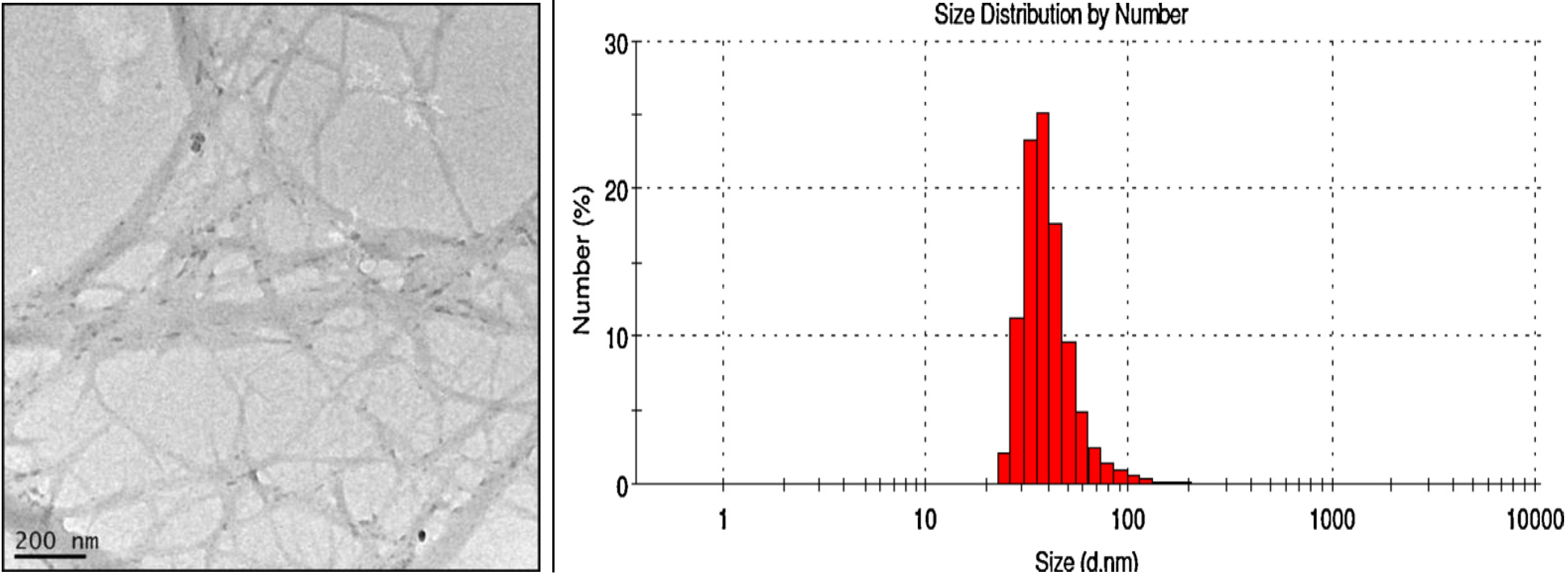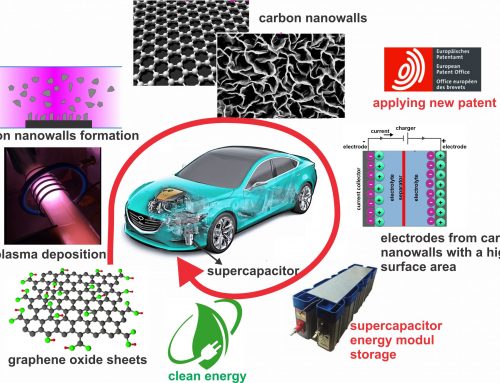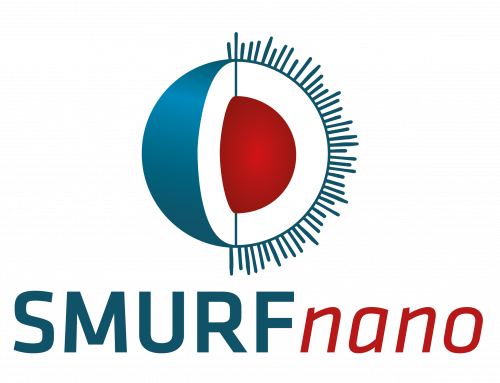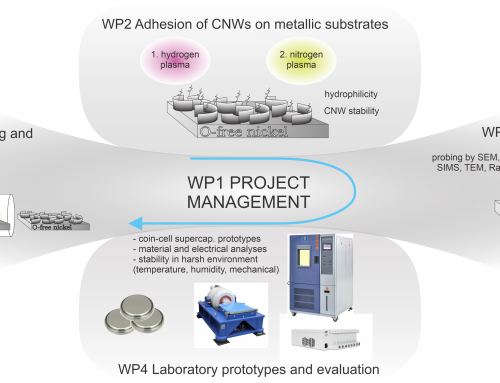Nanocellulose from eco-farms for optimal enforcement of bioplastics (L2-50078)
Project Leader: Dr Peter Gselman (Interkorn)
Investigator: Asst. Prof. Dr Gregor Primc (Jozef Stefan Institute)

Slovenian organic farms follow the policy of the European Union, which tends towards a circular economy and reducing the amount of waste in the production and processing of crops. Farms from eastern Slovenia mainly grow cereals, mostly wheat and corn. After drying, the grains are stored and later sold, while the dried parts of the rest of the plant remain, especially the stems. A smaller part of the straw is used in animal farming, some of it is sold to neighboring regions, and the rest is thrown away. Straw is mainly composed of cellulose and similar polysaccharides, and thus can be a raw material in the production of nanocellulose. Unfortunately, nanocellulose produced in this way is not suitable as a filler for composite materials based on bio-polymers, since the surface energy of nanocellulose from straw is not consistent with the surface energy of the most commonly used biopolymer, i.e. poly(lactic acid) (PLA). After reviewing the literature, we found that the key disadvantage of nanocellulose, especially that which is prepared from waste straw, is excessive surface energy, which does not allow satisfactory wettability in poly(lactic acid) and thus also does not allow satisfactory mechanical properties of composites containing nanocellulose fibers fillers, and the matrix is polylactic acid. Recently, our partners from eastern Slovenia successfully completed a project for environmentally friendly grain disinfection, within the framework of which we developed a large line for continuous processing with a capacity of around a ton per hour. The line allows changing the surface energy of the workpiece, which is grains. We intend to use the device to investigate the process parameters that enable moderate hydrophobization of cellulose nanofibers and thus the adjustment of the surface energy of nanocellulose in relation to the surface energy of polylactic acid. As part of the project, we will investigate the process parameters that enable rapid and moderate hydrophobization of cellulose nanofibers. We will prepare fibers from agricultural waste, especially cereal straw. We will process the fibers with a non-equilibrium gaseous plasma. The goal of plasma treatment is to achieve chemical changes in the ultra-thin surface layer of nanocellulose without simultaneously changing the other properties of nanocellulose. This type of surface modification will be achieved through the absorption of photons of vacuum ultraviolet (VUV) radiation in the surface layer of nanocellulose, which will enable an irreversible decrease in the oxygen concentration and thus a decrease in the hydrophilicity of the nanocellulose synthesized from straw. The goal of the project is to achieve conditions in which such changes occur within a processing time of the order of a second. Such a short processing time would make it possible to demonstrate the innovative process in practice, as more than a ton of nanocellulose could be processed daily. The project will involve and the Jožef Stefan Institute, which has broad competences in the niche of tailoring the surface properties of organic material, especially nanocellulose, and has specific equipment for the routine measurement of surface energy and the composition and structure of the surfaces of organic samples.






